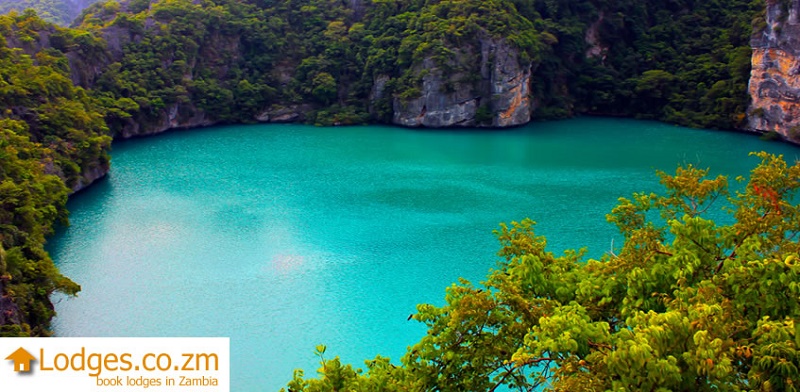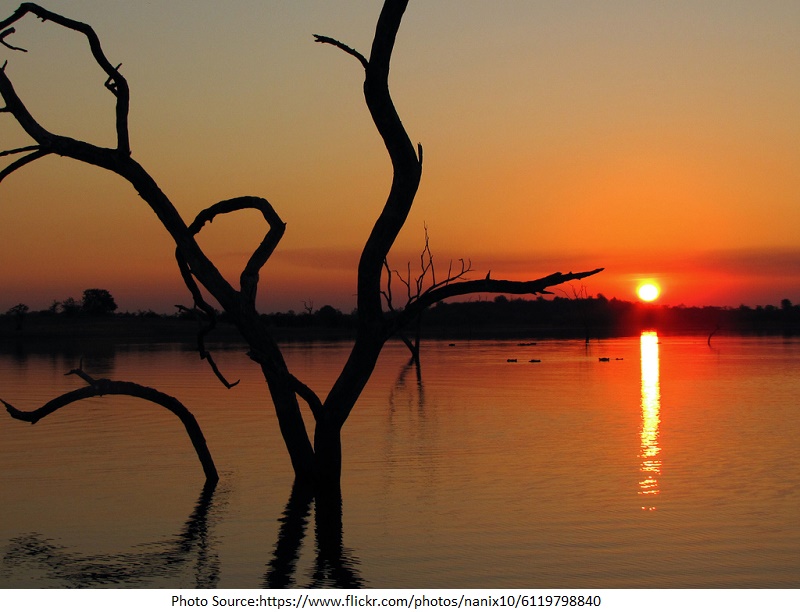Overview
In India’s Kashmir area, the Tarsar Marsar trek is regarded as a moderately difficult walk. It involves travelling across beautiful alpine meadows, crossing mountain passes, and camping next to scenic lakes.The Tarsar Mansar Trek is one of the best treking experiences Kashmir has to offer. The trail offers a perfect combination of natural beauty owing to its alpine lakes, lush meadows, towering mountains, and dense forests, making it one of the prettiest treks in all of India. Although not very difficult, the trek requires an appropriate amount of physical fitness and stamina.
The journey typically lasts 7-8 days and covers a distance of about 48 km (30 miles). The trail includes rugged terrain, steep ascents and descents, and crossings of glaciers and streams. The Tarsar Pass, which is located at an elevation of about 4,200 metres (13,780 feet), is the highest point on the route. Lowered oxygen levels, which can result in breathing difficulties and altitude-related symptoms like headaches, nausea, and exhaustion, can be problematic for trekkers. To reduce these risks, proper acclimatisation and slow ascent are recommended. You can also visit Grahan Trek ,It offers breathtaking views of the surrounding mountains, with the majestic Parvati River accompanying you throughout the journey.
Starting Point
The Day one trek starting from Aru borders on Easy to Moderate. The first day is spent travelling around 10 kilometres in 7 hours. After a 30-minute moderate ascent at the beginning, a gentle incline hike follows. When you begin the trail from Aru, it takes around 20 minutes to see the entire valley covered in little dwellings. One can’t get a better view than this one anywhere elsewhere. The walk runs alongside the Lidder River as the valley opens up after roughly an hour of hiking. Throughout the day, be on the lookout for bridges and pretty cottages.
5.6 kilometres are travelled on day two in roughly five to six hours. This section of the journey can be categorised as moderate and includes a two-hour stretch of steadily ascending terrain interspersed with a few quick level hikes. Just before Homwas, there is a river bridge, then a moderate incline. The trail quickly ascends to the Shekwas camping area via a few Gujjar cottages.
Trekking through the Majestic Lakes of Tarsar, Sundarsar, and Marsar
The trail again winds across the grass for a considerable distance past Shekwas on the next day. In the meantime, the trail to Tarsar ascends into a ridge that hangs above the creek. The trail quickly ascends in a broad westerly direction towards a conical hill in front of it. The route finally offers a distant glimpse of Tarsar after two hours. Reaching the lake’s shores provides a sense of satisfaction after trekking for about four hours and covering five kilometres.The following day involves a reasonably challenging 5 hours of hiking over 5 kilometres.Beginning with a strong ascent to the pass, there is then a dip, followed by a gradual ascent to Sundarsar.
The following day’s trek is a little bit longer in order to get to Marsar Lake. It lasts for seven hours and travels nine kilometres. Marsar requires a moderate 40-minute climb, which is followed by a steady descent that lasts all the way to Homwas.When the boulder part is gone, the trek is fairly easy. The route we follow offers a number of options and might take us to various Kashmiri districts.The final day of the walk mostly involves a trail that descends gradually. The travellers can go from Homwas to Lidderwat in about two hours and then to Aru in another four hours covering ten kilometres. This journey is approximately six hours in total, covering around 13 kilometres.
Challenges and Preparations for the Tarsar Marsar Trek
Multiple streams and rivers must be crossed along the trek, which can be difficult, especially during the monsoon season when water levels are higher. It requires careful navigation as well as wading through extremely chilly water. Camping is required during the trek in isolated locations with little amenities. Self-sufficiency and adaptability are needed to set up camps, manage equipment, and deal with basic necessities.In addition to this, the region’s unpredictable weather is one of the aspects that make the trip difficult. Rain, snow, and strong winds are just a few examples of sudden changes in the weather that can make the trek more difficult.
Although prior trekking expertise is not required, it is advantageous to have some level of hiking or trekking experience and to be able to walk for extended periods of time. Regular physical activity and activities that build stamina before the walk might also aid in preparing for the rigours of the terrain. Overall, even if the Tarsar Marsar trip has its share of difficulties, those who go fully prepared and equipped are going to discover a very rewarding experience and a once in a lifetime adventure.




